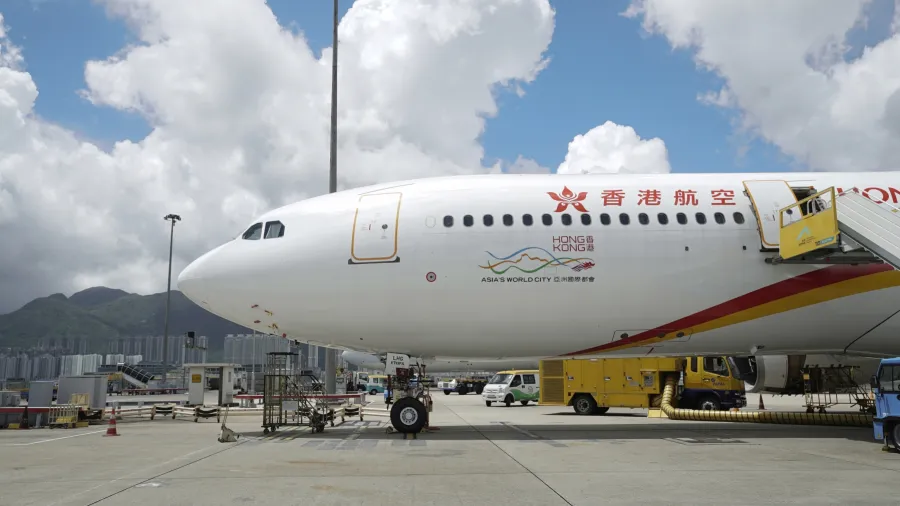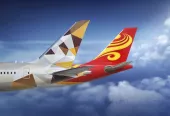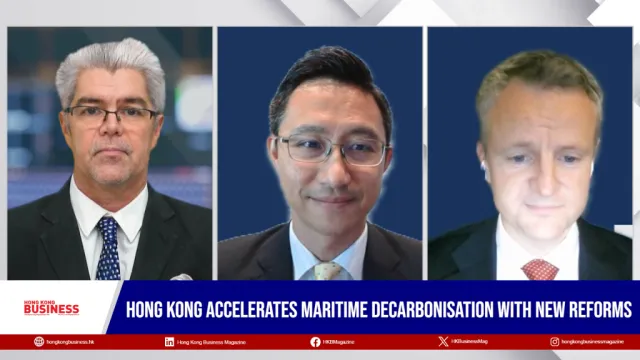
Manpower shortage casts shadow on local aviation industry’s recovery
Players like Hong Kong Airlines have already reinstated staff to increase its capacity.
Hong Kong’s aviation industry is forecast to recover earlier than expected, by end 2024. However, key players and experts warned that labour shortage may stall the poised rebound.
“The demand for travel is high. The challenge is on bringing back capacity. Supply chain issues and a labour shortage meant that airlines have not been able to restore capacity as quickly as they would like to,” International Air Transport Association’s (IATA) Regional Vice President for North Asia, Dr. Xie Xingquan, told Hong Kong Business.
Hong Kong Airlines (HKA), one of the city’s key aviation players, shared a similar sentiment saying: “We anticipate that the manpower shortage in the global aviation industry will continue to pose challenges, potentially hampering our recovery and our ability to operate additional flights.”
In an effort to increase capacity, Hong Kong Airlines said it has begun reinstating staff who were previously put on a Long Pay Leave to their positions.
“This was done to support the resumption of our flights. By the first half of the year, we managed to fill all pilot vacancies,” an airline spokesperson told Hong Kong Business.
“Now, we are in the process of hiring an additional 70 cabin crew members to meet our operational needs,” the spokesperson added.
According to the spokesperson, the airline has already managed to achieve their requirement targets for the first half of the year.
“Going forward, we plan to continue recruiting more talent to support our business…We [will] continue our recruitment efforts both locally and internationally,” the spokesperson added.
The airline also made adjustments to its hiring process in a bid to attract and retain more talent.
“Our goal is to provide an efficient, clear, and respectful hiring process. In doing so, we have streamlined our hiring process to respect applicants' time and efforts,” the spokesperson added.
Another retention strategy that HKA has implemented is its employee engagement programme which recognises and rewards the efforts of their staff.
Meanwhile, HKA is also working with local schools and universities to seek fresh talents that can fuel the growth of the airline.
Apart from individual strategies of key players such as HKA, Dr. Xie said the Hong Kong government’s labour importation scheme will also help alleviate some of the labour issues in the industry.
In June, the government announced that it will ease entry rules in the city to bring in 27,000 foreign workers. The government has also set a recruitment quota for the aviation industry of up to 6,300 foreign workers, adding the industry has a shortage of frontline airport staff.
Apart from capacity building, HKA said other factors which present challenges for aviation players include “changes in business and leisure travel practices in the post-pandemic world, sustainability concerns, demographic shifts, and political and economic influences.”
“These factors consistently inform the adjustments we make to our ticket pricing, product marketing strategies, and our decisions about opening new routes. They even impact our overall business model,” the spokesperson said.
Optimistic outlook
Whilst many factors pose concerns for the progress of the industry, Xie said the overall outlook of Hong Kong’s aviation sector remains optimistic.
Xie added that Hong Kong, despite reopening much later than other Asian markets, will be able to reach “pre-pandemic level at around the same time as major Asian markets.”
“This shows the fast pace of Hong Kong’s recovery…Hong Kong’s recovery is in line with recovery in the Asia Pacific region, ” Xie added.
In preparation for the expected recovery of the industry, HKA has implemented several strategies including securing strategic investment funds for its restructuring which came into effect in April.
The airline has also expanded in their “more profitable routes” like Japan, Thailand, and Mainland China and launched new services to Beijing Daxing Airport in March, Fukuoka in April, Phuket in June, and Nagoya in July.
Currently, HKA flies to over 20 destinations across the Asia Pacific, maintaining 92 interline and 16 code-sharing agreements with multiple airline partners and ferry service providers.
To meet their operational needs, HKA worked on fleet development. In June, the airline introduced an Airbus A330-300 widebody aircraft to serve its route network and expedite its business recovery. Two more A330 aircraft will be joining HKA’s fleet this summer.
Meanwhile, HKA also partnered with Airport Authority Hong Kong to support the government’s “Hello Hong Kong” global promotion campaign by distributing free travel tickets.
“As one of Hong Kong's home carriers, Hong Kong Airlines has been operating in the local market for nearly 17 years, playing a significant role in strengthening connectivity between Hong Kong and the region. The company strongly advocates for the development and promotion of the Hong Kong International Airport as a global aviation hub and logistics centre,” HKA said.
People’s desire to travel has not withered and post-recovery, and Xie believes that moving forward, travellers will want improved convenience through their journey.
“The use of biometrics is the way to speed up the travel journey,” he added.



















 Advertise
Advertise






